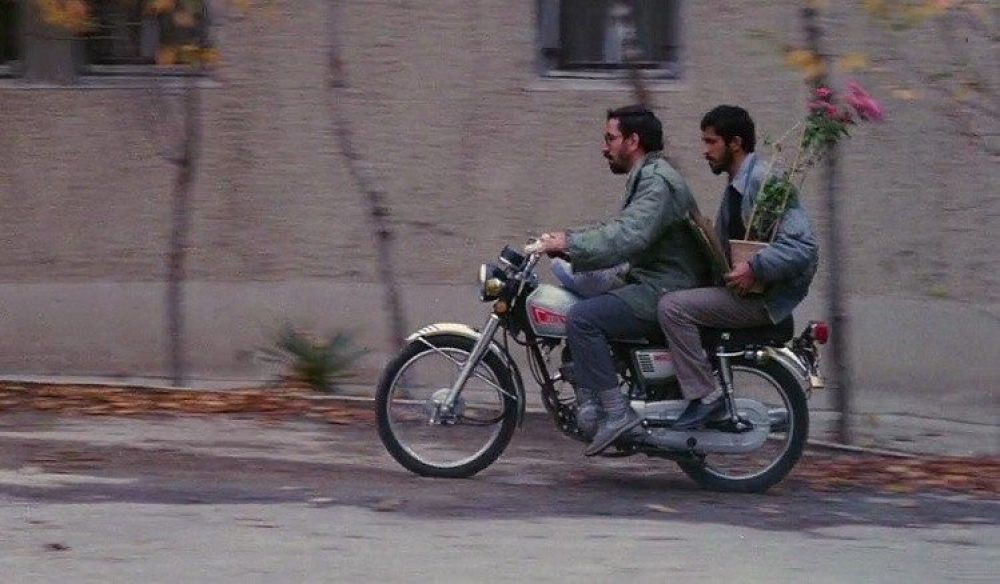I made a similar connection to Will when I read Najmabadi, thinking of the creation of the gender binary of having similarities to the ideals presented in Scott’s work. Creating the binary made the world (specifically people’s bodies) more easily legible, as the possibilities of what/ who they could be, at least “proper” possibilities, were much more limited and less ambiguous. When Scott talks about the abstraction and simplification of maps, he presents it as something that both labels what is already there (responds to the present conditions) and influences what it becomes, as the way the area is regarded changes after its simplification of the map, and this influences the people living there and the way others interact with it. Similarly, the changing understanding of gender and homoerotic attraction affected both the way people perceived gender in Iran and the way gender was acted out. The issue of women’s veiling. There is so much ambiguity surrounding the topic, as the physical covering of the veil also renders its wearer more visible. While the veil is sometimes viewed as a mark of un-modernized views on women’s roles and positions in society, it could also sometimes be viewed as making the female body ‘acceptable’ to appear in a wider social, public contexts.
Najmabadi’s account of gender in premodern Islamic Iran helps to show that beliefs binary sexuality/ gender labels were not deeply ingrained in sensibilities that are either essentially Islamic or Iranian, and that the current status of women could not be a natural outworking or such beliefs. Rather they are extremely historically and situationally contingent, as these beliefs emerged after contact with the ‘modern,’ more ‘advanced’ Europeans.

The Veiled Modern | Iran, Islam, and the Last Great Revolution Fall 2018
In response to Gene, I do agree that the present-day views on gender and sexuality Najmabadi discusses can be seen as “truly” Iranian. They have been claimed by this group and have become deeply embedded in their culture (I recognize that this is speaking in broad, generalizing terms). By saying “essentially,” I meant only that there is nothing fundamental or primordial about the position of these beliefs in Iran. I’m not arguing against present authenticity or ownership, only emphasizing the contingencies with which these beliefs emerged.
In response to Jay, I do agree that it’s important to note the changing view of the veil in the present day, and that views of it are shifting beyond the idea that it represents only female oppression, etc. To your later point, though, I didn’t mean to imply there was some way in which the veil itself was not Islamic. I only meant that ideas of binary genders and sexual orientations were not deeply rooted in Islamic or Iranian history.
I agree with your observation that these gender binaries are not embedded in essentially Islamic or Iranian sensibilities, however I’m not sure that I agree with the implicit conclusion you seem to draw that the current status of women in Iran is not trully Iranian, or is otherwise inauthentic. To the extent that identity and self-conception is necessary unstable, I posit that over time Iranian identity and sensibilities have been reconstituted as to internalize these binary gender roles and to solidify the secondary status of women in society.
I think the interpretation of the virtual creation of the gender binary in Iran as a way to make Iran more “legible” is a very cogent point.
On your point that “the veil is sometimes viewed as a mark of un-modernized views on women’s roles and positions in society,” I think it is notable to say that this is likely changing in our world now. Generally, most people in the West are becoming more and more comfortable with traditional veiling, perhaps with some notable exceptions like France where all veils have been banned.
I would have to disagree with you on the veil not being “essentially Islamic,” especially in light of writings like the 24th Sura of the Qur’an, An-Nur. The veil has been a part of the Islamic lifestyle since the Prophet Muhammed’s life, if we trust his later biographers.